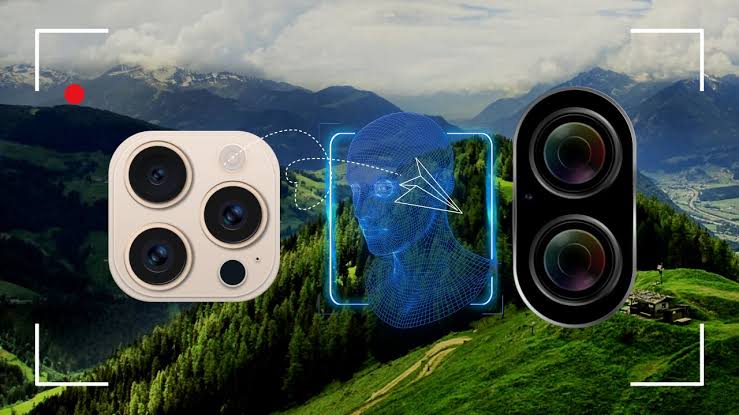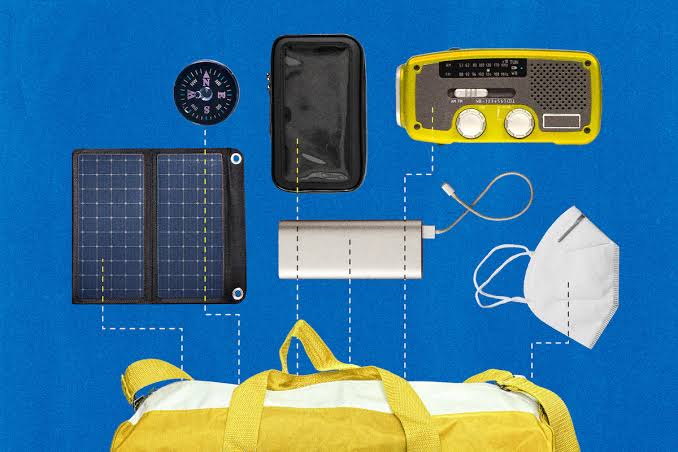Over the past two decades, smartphone cameras have undergone a dramatic transformation. What began as a simple add-on feature has evolved into one of the most important selling points of modern devices.
As of July 2025, smartphone cameras rival and in some cases surpass traditional digital cameras. Consumers now expect high-quality photography and videography in compact, pocket-sized devices. But this evolution hasn’t just been about increasing megapixels—it has been shaped by software, artificial intelligence (AI), and user behavior.
Understanding this journey reveals how smartphones have changed the way we capture, share, and experience the world around us.
The Early Days: Low Resolution and Limited Functionality
When the first camera phones appeared in the early 2000s, they offered limited image quality and were often considered novelties. Devices like the Nokia 7650 and Sony Ericsson T68i featured cameras under one megapixel, with grainy results and minimal settings.
These early cameras lacked autofocus, image stabilization, and low-light capability. Still, they introduced the idea that capturing moments on the go could be easy and convenient. It was this convenience—not image quality—that drove early adoption.
At the time, sharing photos was difficult due to slow mobile internet speeds. Photos were mostly saved locally or sent via MMS, limiting the reach and usage of camera features.
The Megapixel Race Begins
By the late 2000s, smartphone manufacturers began a competitive push to increase camera resolution. The “megapixel race” became a marketing war, with brands boasting 5MP, 8MP, then 12MP sensors.
Apple’s iPhone 4, released in 2010, helped standardize the idea of a phone camera that could replace a basic digital camera. Samsung, HTC, and Sony soon followed with even higher megapixel counts and improved optics.
While more megapixels meant larger images, they did not automatically guarantee better quality. Users began to realize that lens quality, sensor size, and software processing played just as important a role in overall image performance.
The Shift to Dual and Multi-Camera Systems
As smartphone hardware matured, manufacturers started adding multiple lenses to their devices. Around 2016, dual-camera setups became standard on flagship phones, offering features like optical zoom and depth sensing.
By 2020, triple and quad-camera systems became the norm. These systems included wide-angle, telephoto, and macro lenses, allowing users to shoot from multiple perspectives without changing devices.
Smartphones like the iPhone 13 Pro and Samsung Galaxy S21 Ultra introduced new levels of versatility. Users could now switch lenses with a tap, blur backgrounds with precision, and capture stunning landscapes without carrying bulky equipment.
Computational Photography Takes Center Stage
While hardware continued to improve, the real breakthrough in smartphone photography came through software. Computational photography refers to the use of algorithms to process and enhance images in ways that mimic professional techniques.
Google Pixel phones were among the first to champion this approach. Instead of packing more hardware, Google focused on using AI and machine learning to boost photo quality. Features like Night Sight, Portrait Mode, and HDR+ demonstrated what software could achieve—even with a single camera lens.
By 2025, computational photography is a standard feature on most smartphones. AI automatically adjusts exposure, corrects colors, removes blemishes, and even restores motion-blurred shots with impressive accuracy.
AI-Powered Image Recognition and Scene Optimization
Artificial intelligence has become the driving force behind modern smartphone cameras. Today’s devices can recognize faces, animals, food, landscapes, and even documents. They adjust camera settings in real-time to optimize every shot based on the scene.
Scene recognition improves focus, lighting, contrast, and saturation instantly—without requiring user input. Some phones can now identify up to 30 types of scenes and apply customized filters or corrections.
In Canada, where users enjoy diverse landscapes and climates, this AI optimization ensures better photos in snowy conditions, low light, or vibrant cityscapes. AI has made professional-grade photography accessible to casual users with no technical background.
Video Capabilities and Cinematic Features
Smartphone cameras aren’t just for still images. Video recording has seen exponential improvement as well. In 2025, many flagship phones can record in 4K and 8K resolutions with advanced stabilization and audio capture.
Devices now include cinematic modes that mimic Hollywood-style depth of field. Apple’s Cinematic Mode and Samsung’s Director’s View allow users to adjust focus dynamically or switch between lenses during recording.
AI-assisted video editing also lets users apply transitions, filters, and music directly from their phones. This has democratized content creation, making it easier than ever to produce high-quality videos for YouTube, TikTok, or personal use.
Augmented Reality and Real-Time Effects
Another significant advancement in smartphone cameras is their integration with augmented reality (AR). Today’s phones use camera sensors in tandem with AR software to place virtual objects in real-world environments.
AR is used in gaming, shopping, navigation, and education. Apps like IKEA Place allow users to preview furniture in their homes, while AR filters on social media enhance video calls and selfies in real-time.
Smartphone cameras are now equipped with LiDAR scanners and time-of-flight sensors, making AR interactions more precise and realistic. This technology continues to blur the line between the digital and physical worlds.
Limitations and Challenges in Smartphone Photography
Despite the progress, smartphone cameras still face limitations. Small sensor sizes can struggle with dynamic range and low-light performance compared to DSLR or mirrorless cameras.
Excessive software processing can sometimes lead to unnatural results, like over-smoothing skin tones or exaggerated colors. In addition, privacy concerns have emerged due to facial recognition and geotagging features embedded in photo apps.
Battery life is another concern. Advanced image processing and video recording drain power quickly, requiring users to balance performance with energy consumption.
The Road Ahead: What’s Next in Smartphone Cameras?
Looking ahead, the future of smartphone photography will likely focus on deeper AI integration, improved optical zoom, and enhanced AR capabilities. Foldable and rollable phones may offer larger sensors or modular camera attachments.
Camera sensors embedded under the display are already in development, allowing full-screen phones without camera cutouts. Computational videography may soon allow users to adjust camera angles and lighting after shooting, similar to editing photos.
In July 2025, companies are also exploring sustainable materials for camera modules and lenses, aiming to reduce the environmental impact of rapid smartphone turnover.
Conclusion: A Visual Revolution Driven by Technology
The evolution of smartphone cameras is a story of technological convergence—where hardware, software, and AI come together to redefine how we capture our world.
From the pixelated snapshots of early camera phones to today’s AI-enhanced masterpieces, this journey highlights the rapid pace of innovation. In 2025, the smartphone camera is not just a tool—it’s a creative companion, a memory keeper, and a powerful lens through which we experience life.
As this evolution continues, one thing is certain: the camera in your pocket will only get smarter, faster, and more capable with each passing year.



